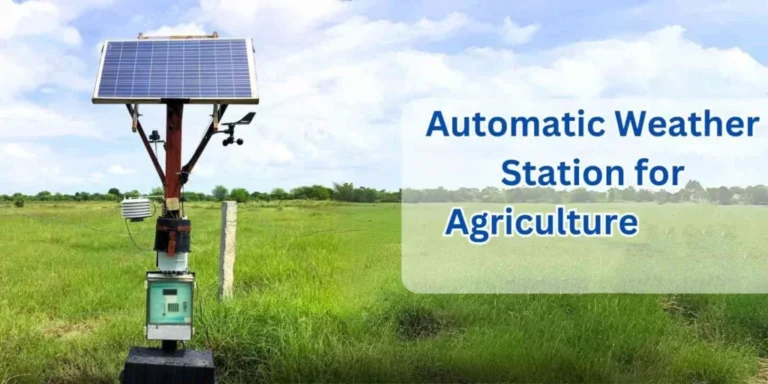Automated Weather Station: Revolutionizing Meteorological Data Collection

# Automated Weather Station: Revolutionizing Meteorological Data Collection
Automated Weather Station: Revolutionizing Meteorological Data Collection
In the realm of meteorology, the advent of automated weather stations (AWS) has marked a significant leap forward in how we collect, analyze, and utilize weather data. These sophisticated systems have transformed the landscape of meteorological research and forecasting, offering unparalleled accuracy, efficiency, and reliability.
What is an Automated Weather Station?
An automated weather station is a system that autonomously collects and records meteorological data without the need for human intervention. Equipped with a variety of sensors, these stations measure parameters such as temperature, humidity, wind speed, wind direction, precipitation, and atmospheric pressure. The data collected is then transmitted to a central database for analysis and dissemination.
Key Components of an Automated Weather Station
An AWS typically consists of several key components:
- Sensors: These are the core elements that measure various atmospheric conditions. Common sensors include thermometers, hygrometers, anemometers, and barometers.
- Data Logger: This device records the data collected by the sensors. It ensures that the information is stored accurately and can be retrieved for analysis.
- Communication Module: This component transmits the collected data to a central server or database. It can use various communication methods, including satellite, cellular, or radio frequencies.
- Power Supply: Most AWS are powered by solar panels, ensuring continuous operation even in remote locations.
Advantages of Automated Weather Stations
The implementation of automated weather stations offers numerous benefits:
- Accuracy: AWS provide highly accurate and consistent data, reducing the margin of error associated with manual measurements.
- Efficiency: These systems operate continuously, providing real-time data that is crucial for timely weather forecasts and warnings.
- Cost-Effectiveness: Once installed, AWS require minimal maintenance, making them a cost-effective solution for long-term meteorological monitoring.
- Accessibility: AWS can be deployed in remote and inaccessible areas, expanding the scope of meteorological data collection.
Applications of Automated Weather Stations
Automated weather stations are utilized in a wide range of applications:
- Weather Forecasting: AWS data is integral to the development of accurate weather forecasts, helping meteorologists predict weather patterns and severe weather events.
- Agriculture: Farmers rely on AWS data to make informed decisions about planting, irrigation, and harvesting, optimizing crop yields and resource management.
- Climate Research: Long-term data collected by AWS is invaluable for studying climate change and its impacts on the environment.
- Disaster Management: AWS play a critical role in monitoring and predicting natural disasters such as hurricanes, floods, and droughts, enabling timely evacuation and response efforts.
Future Prospects
The future of automated weather stations looks promising, with ongoing advancements in sensor technology, data analytics, and communication systems. The integration of artificial intelligence and machine learning is expected to further enhance the capabilities of AWS, enabling more precise and predictive weather modeling. As these technologies continue to evolve, automated weather stations will undoubtedly remain at the forefront of meteorological innovation.
In conclusion, automated weather stations have revolutionized the way we collect and utilize meteorological data. Their accuracy, efficiency, and versatility make
Keyword: automated weather station


